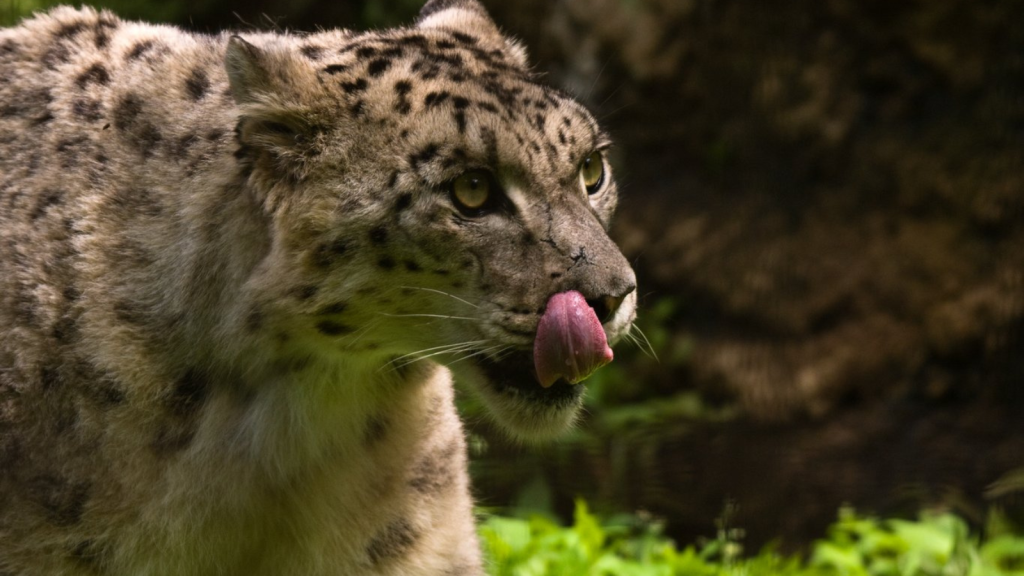The snow leopard, a master of the mountains, thrives in some of the harshest environments on Earth. These elusive cats roam the high peaks of Central Asia, where temperatures plummet and oxygen is scarce. Over thousands of years, they’ve developed remarkable features to survive and hunt in this unforgiving landscape. From their thick, warm coats to their oversized paws, every part of the snow leopard’s body is perfectly suited to life in the cold. Let’s explore some of the amazing ways these big cats have adapted to their chilly home.
Thick, Insulating Fur
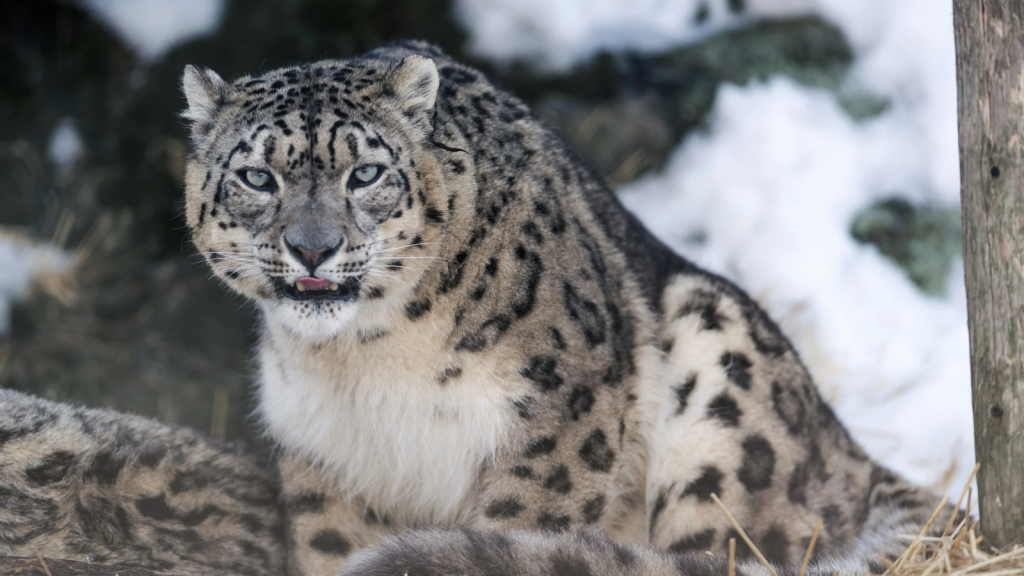
Snow leopards boast incredibly dense fur that keeps them toasty in freezing temperatures. Their coat is made up of two layers: a soft, woolly undercoat for warmth, and longer guard hairs that shed water and snow. This plush pelt can be up to 12 centimetres thick on their belly, acting like a cosy duvet in the bitter mountain cold. The fur also changes colour seasonally, becoming lighter in winter to better blend with snowy surroundings.
Enormous, Furry Paws
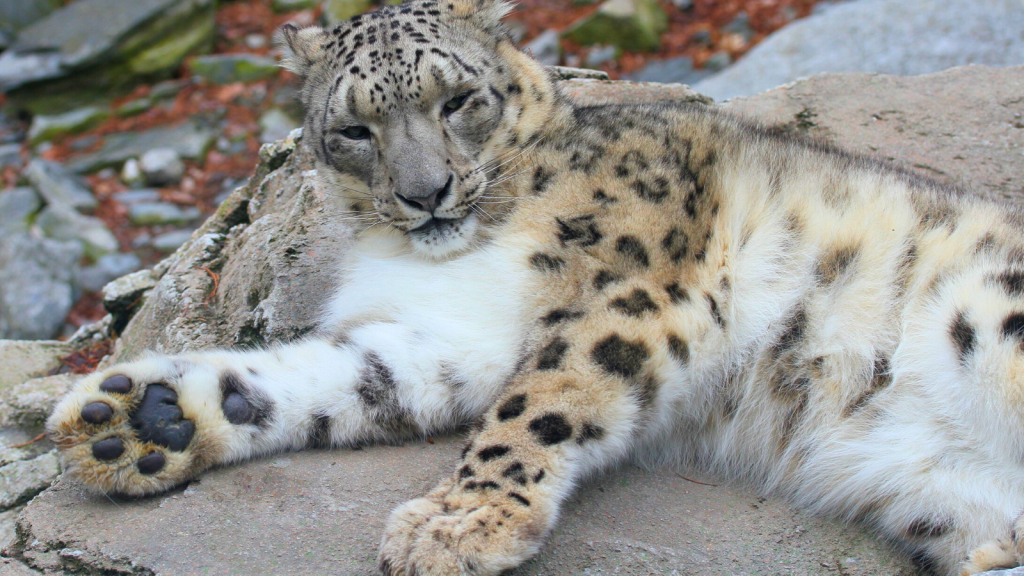
The snow leopard’s paws are a marvel of natural engineering. They’re disproportionately large, working like built-in snowshoes to spread the cat’s weight over soft snow. These paws are also covered in thick fur, which not only provides extra insulation but also gives the leopard better grip on icy surfaces. The fur between their toe pads can grow so long that it obscures their retractable claws, providing additional traction on slippery terrain.
Long, Flexible Tail
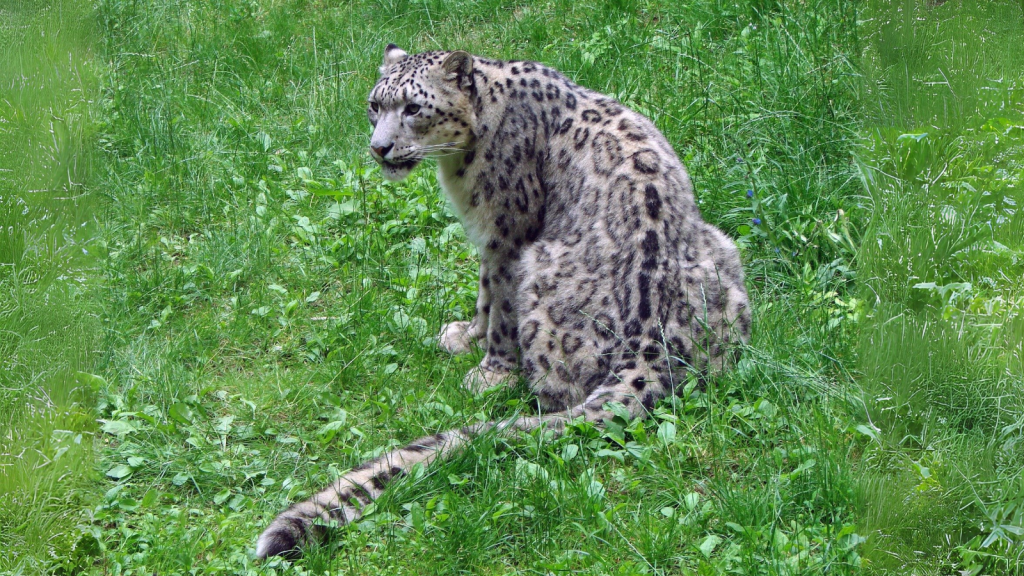
A snow leopard’s tail is nearly as long as its body, measuring up to 1 metre in length. This bushy appendage serves multiple purposes: it helps with balance when leaping across rocky terrain, acts as a warm scarf when wrapped around the body, and even works as a rudder when the cat is sprinting or pouncing. The tail also serves as a fat storage organ, helping the leopard survive during lean times when prey is scarce.
Enlarged Nasal Cavities
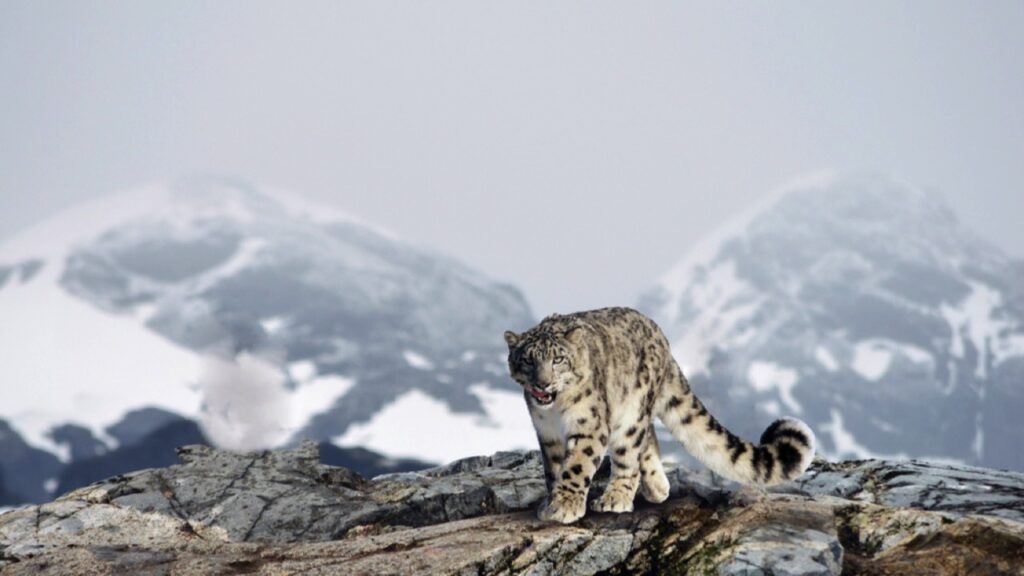
To cope with the thin air of high altitudes, snow leopards have developed larger nasal cavities than other big cats. This adaptation allows them to warm the frigid mountain air before it reaches their lungs and helps them extract more oxygen from each breath. It’s a crucial feature for surviving at elevations of up to 5,500 metres. These enlarged nasal passages also enhance their sense of smell, aiding in hunting and territorial marking.
Powerful Hind Legs
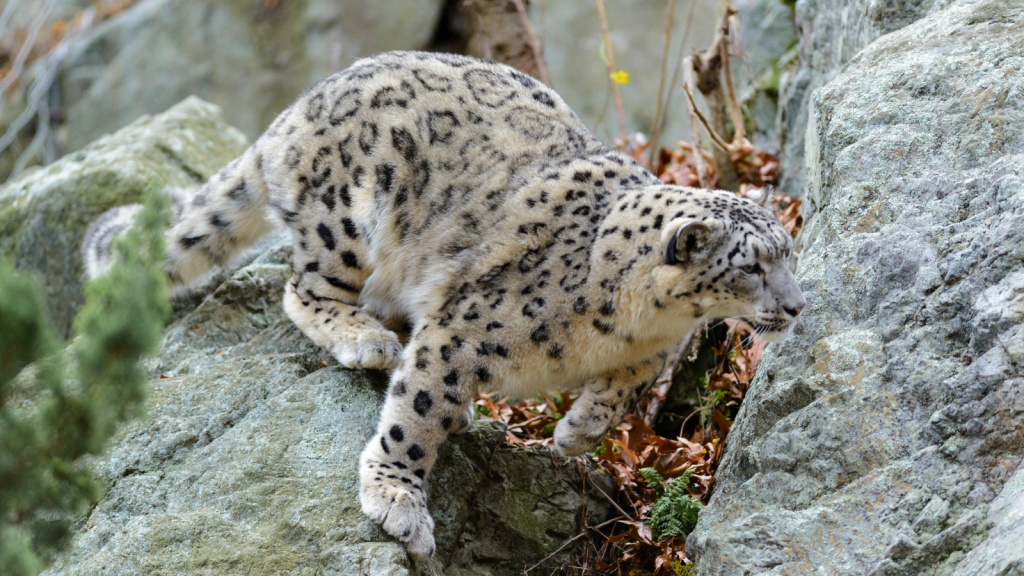
Snow leopards are incredible jumpers, thanks to their muscular hind legs. These powerful limbs allow them to leap up to 6-7 metres in a single bound. This extraordinary jumping ability is essential for hunting prey on steep, rocky slopes. Their leg strength also enables them to carry prey weighing up to three times their own body weight up steep inclines.
Camouflage Coat
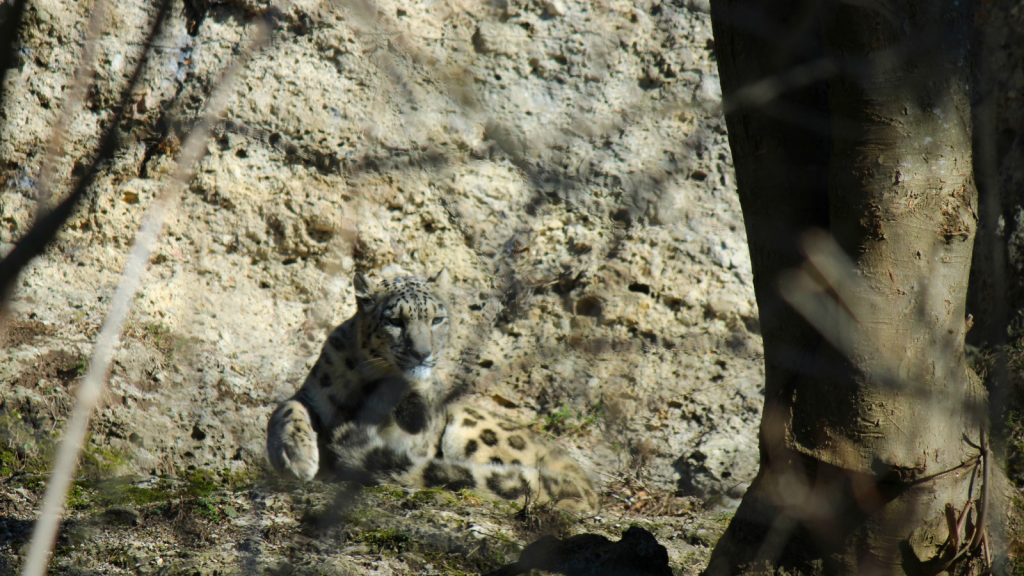
The snow leopard’s beautiful spotted coat isn’t just for show. Its grey and white colouring, with dark rosettes and spots, provides perfect camouflage against the rocky, snow-dusted mountains. This natural disguise helps them sneak up on prey and avoid detection by potential predators. Unlike other big cats, their spots are larger and more spaced out, creating a pattern that mimics the dappled sunlight filtering through mountain crags.
Broad Chest and Short Muzzle
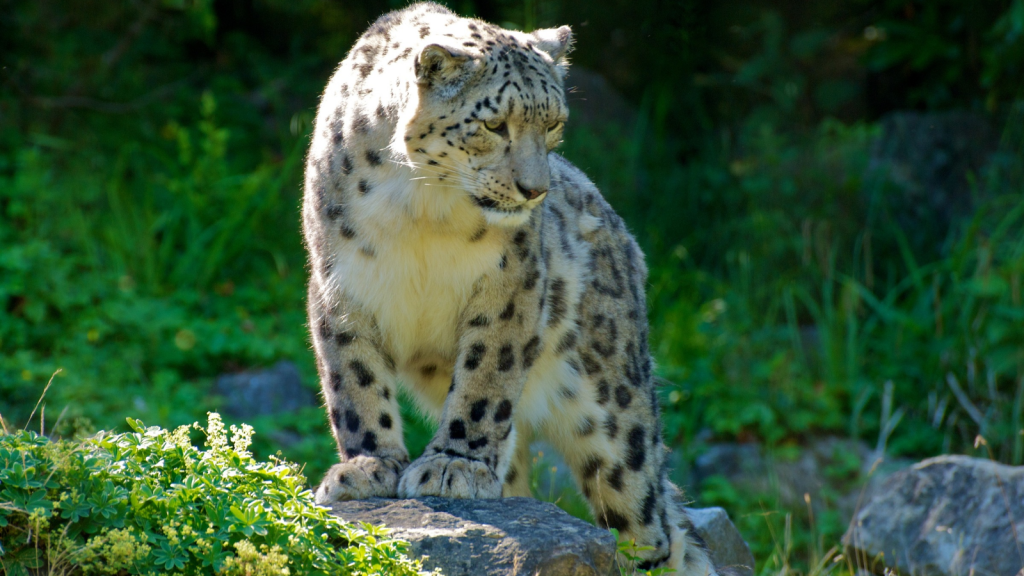
Living at high altitudes requires some clever respiratory adaptations. Snow leopards have a broad chest that houses large lungs, allowing them to take in more air with each breath. Their short muzzle helps warm the air before it reaches their lungs, making breathing in the cold mountain air easier and more efficient. Additionally, their blood cells can carry more oxygen than those of lowland animals, further aiding their survival in oxygen-poor environments.
Small, Rounded Ears
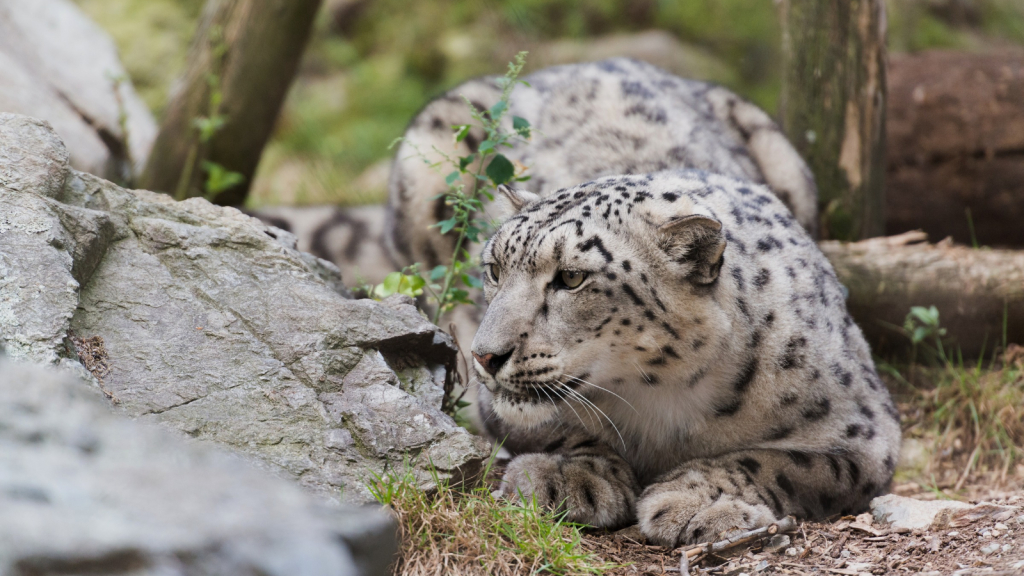
Unlike many other cats, snow leopards have small, rounded ears. This shape minimises heat loss in the cold mountain environment. The smaller surface area of their ears means less exposure to the biting wind and freezing temperatures of their high-altitude habitat. These compact ears can also be flattened against the head for added protection when moving through dense underbrush or during fierce mountain storms.
Enhanced Night Vision
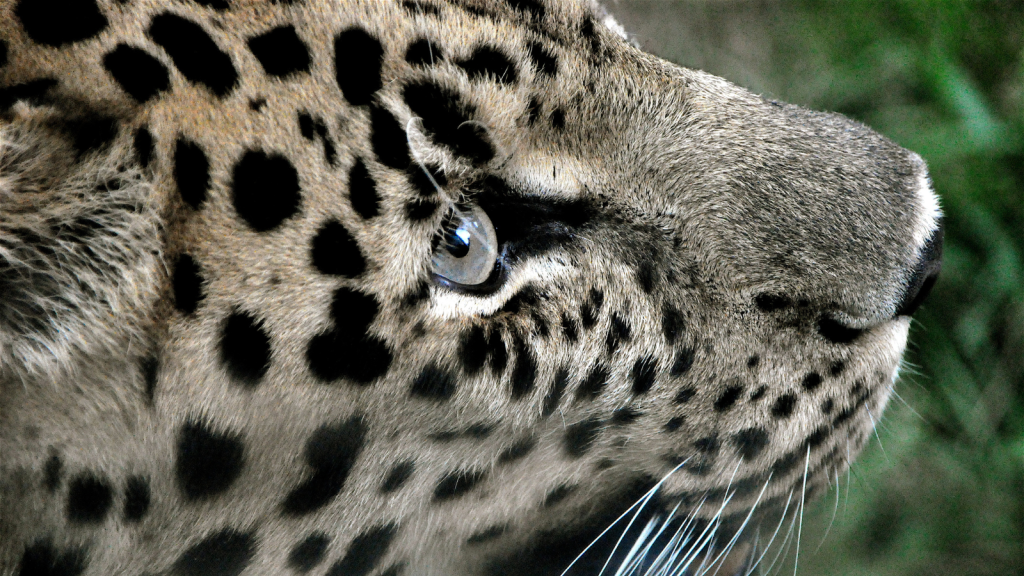
Snow leopards have excellent night vision, with eyes six times more sensitive to light than human eyes. This adaptation allows them to hunt effectively in the low light conditions of dawn and dusk, when their prey is most active. Their large eyes also help them navigate the treacherous mountain terrain in dim light. A reflective layer behind the retina, called the tapetum lucidum, further enhances their night vision by reflecting light back through the retina a second time.
Flexible Spine
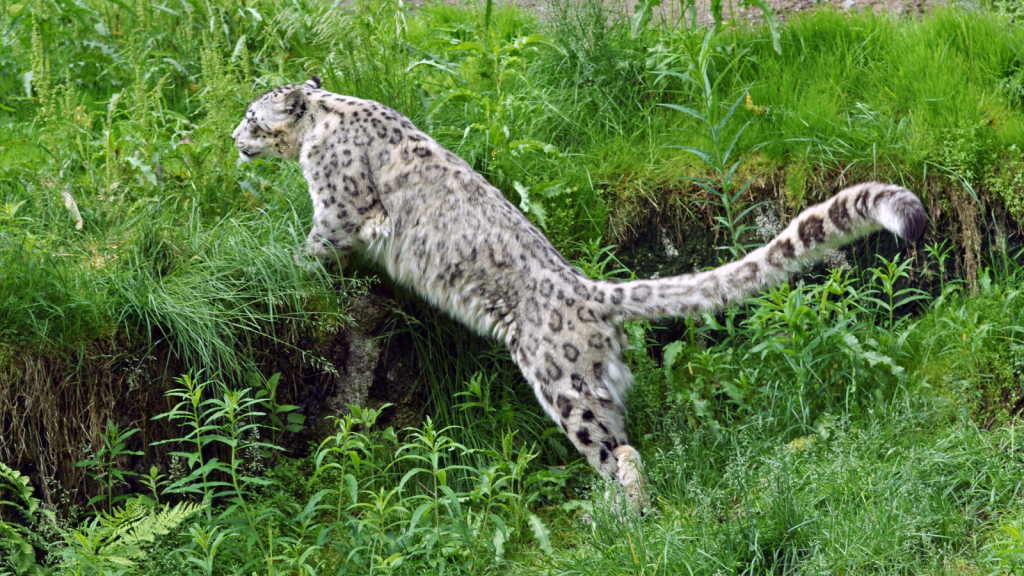
The snow leopard’s incredibly flexible spine allows it to perform amazing feats of agility. They can twist their bodies mid-air, leap across wide chasms, and even run down near-vertical cliff faces. This spinal flexibility is crucial for hunting in their rugged mountain home. Their suppleness also allows them to curl into tight balls when resting, conserving heat and protecting vulnerable areas from the cold.
Specialised Throat Structure
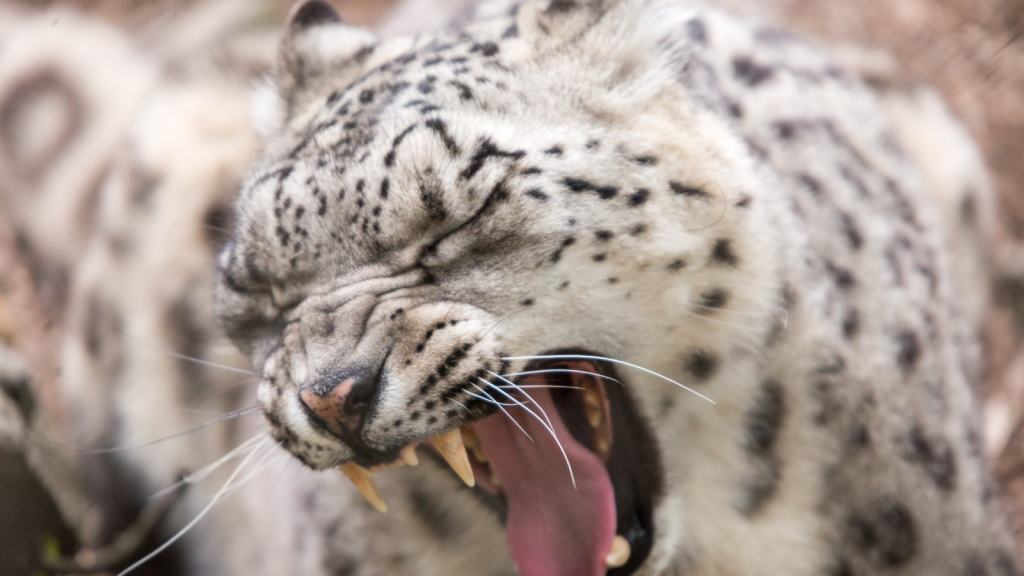
Snow leopards have a unique throat structure that allows them to make distinctive calls. Their vocal cords are positioned differently from other big cats, enabling them to produce a range of sounds from low growls to high-pitched chirps. These vocalisations are important for communication in their vast, open habitat. Unlike other big cats, snow leopards cannot roar, but they can purr both while inhaling and exhaling.
Compact Body Shape
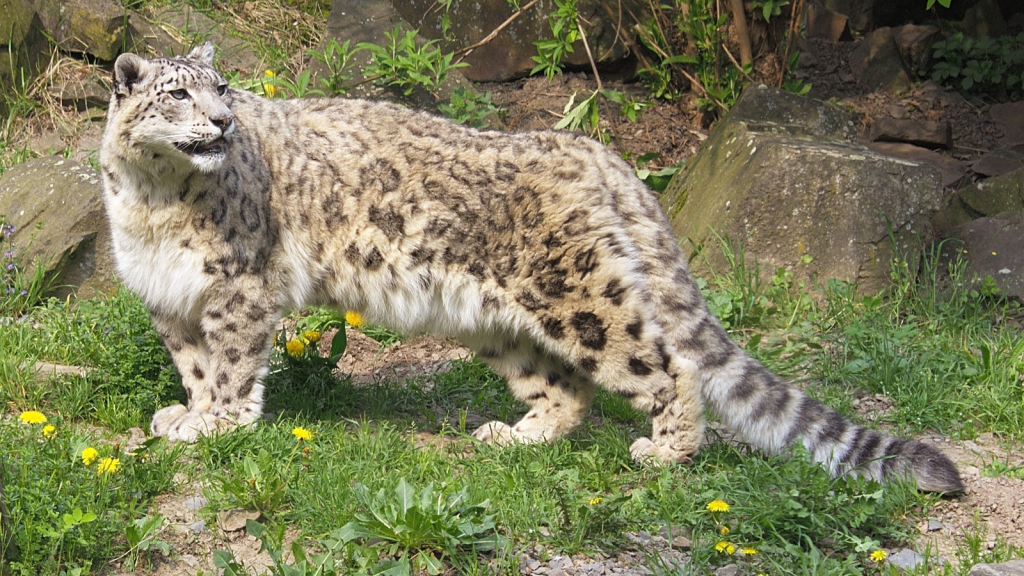
The snow leopard’s compact, stocky body shape is perfectly adapted to conserve heat in cold environments. Their short legs and small ears minimise heat loss, while their rounded body reduces surface area exposure to the cold. This body shape also helps them navigate narrow mountain ledges and rocky outcrops with ease. Their relatively small size compared to other big cats allows them to squeeze into tight spaces, providing shelter from harsh weather and concealment from prey.
Becky is a fervent wildlife enthusiast and pet care expert with a diploma in canine nutrition. Her love for animals stretches beyond the domestic, embracing the wild tapestry of global fauna. With over a decade of experience in animal welfare, Becky lends her expertise to OutlandishOwl through insightful articles, captivating wildlife information, and invaluable guidance on pet nutrition. Her work embodies a deep commitment to understanding the intricate lives of animals and a passion for educating others on sustaining natural habitats. Becky's hands-on conservation efforts and her knack for translating complex dietary science into practical pet feeding tips make her an indispensable voice for creatures great and small.

